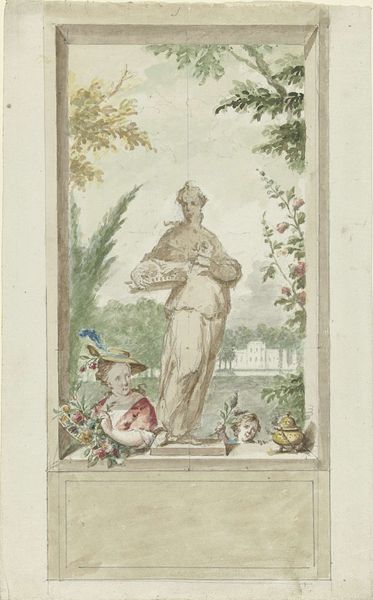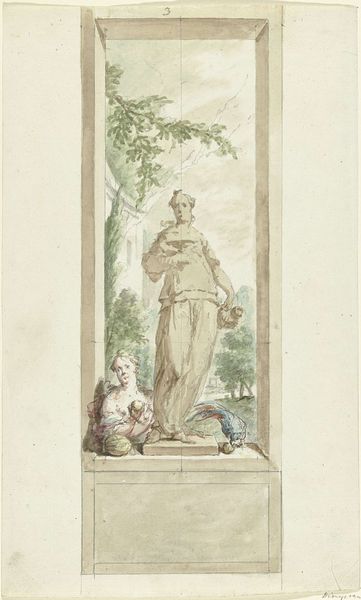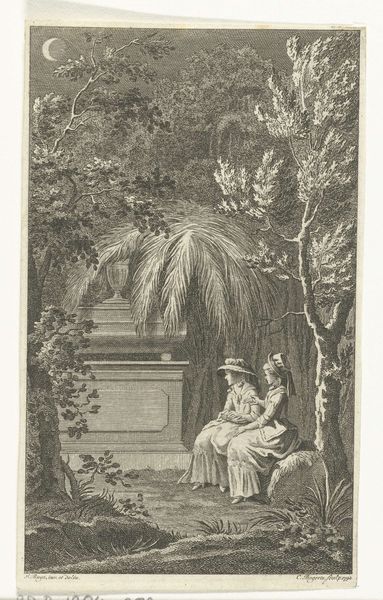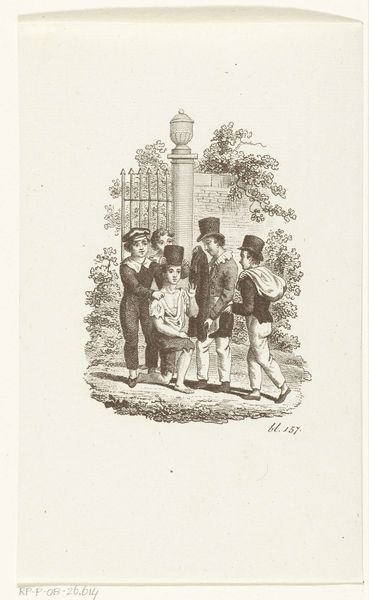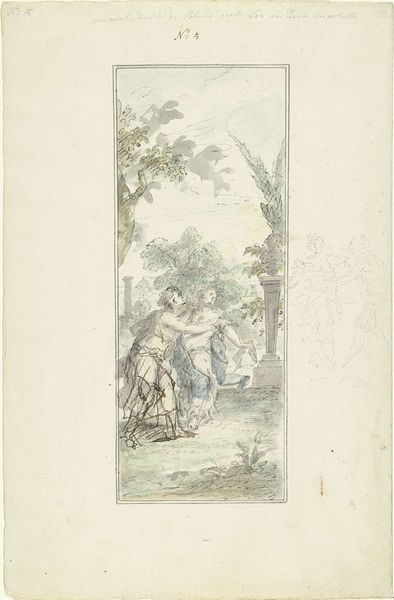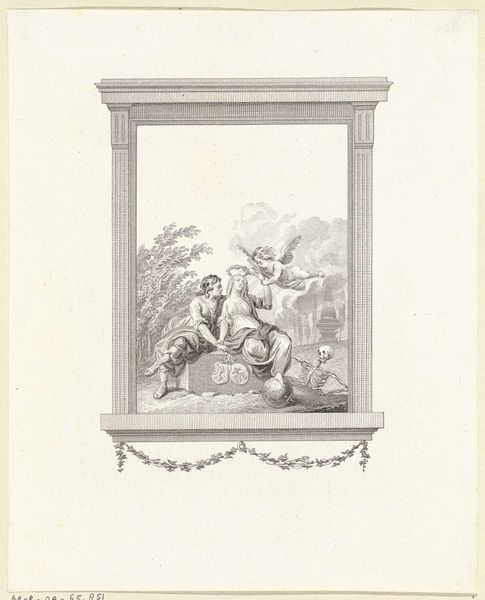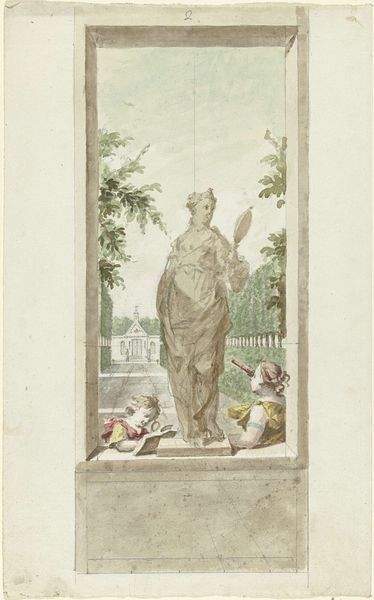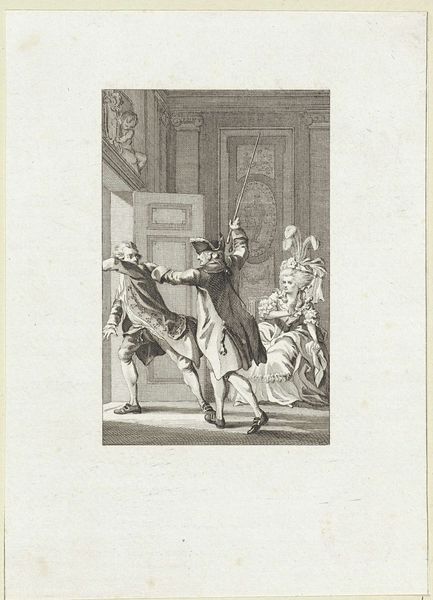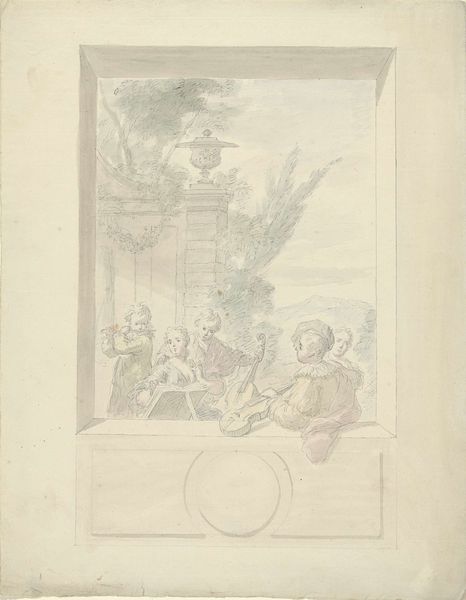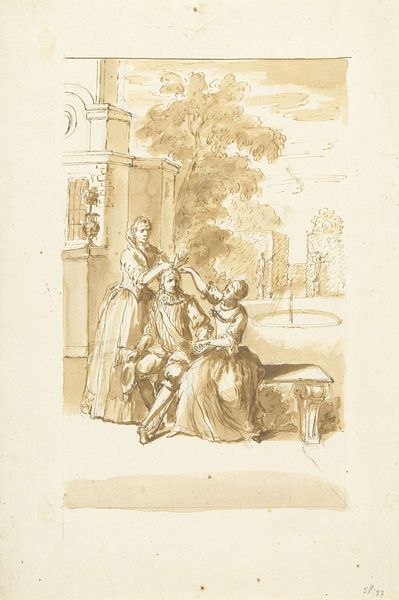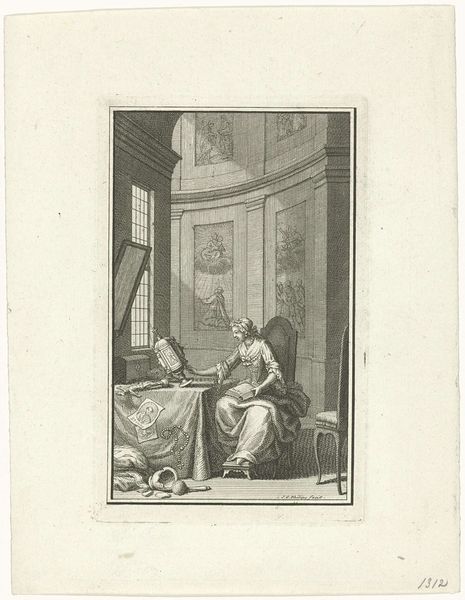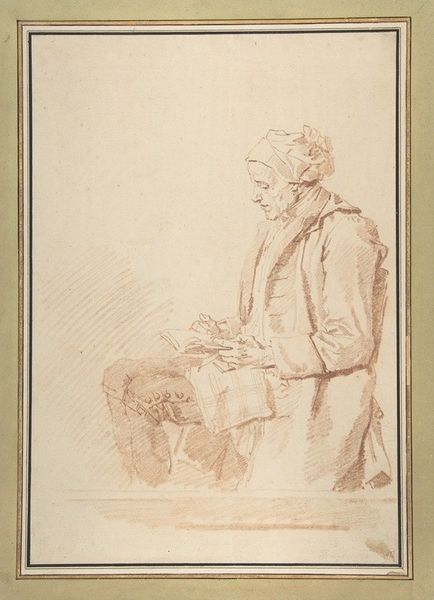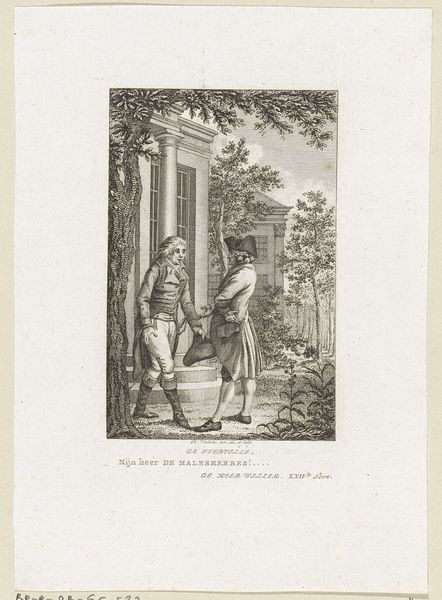
Ontwerp voor een zaalstuk: standbeeld van zintuig Gehoor, daarnaast een jongeman met muziekinstrumenten 1715 - 1798
0:00
0:00
drawing, coloured-pencil, painting, paper, watercolor, ink, pencil
#
portrait
#
drawing
#
coloured-pencil
#
allegory
#
baroque
#
painting
#
pencil sketch
#
figuration
#
paper
#
watercolor
#
ink
#
coloured pencil
#
pencil
#
watercolour illustration
#
history-painting
#
academic-art
#
miniature
#
watercolor
Dimensions: height 388 mm, width 246 mm
Copyright: Rijks Museum: Open Domain
This is a design for a room decoration by Dionys van Nijmegen, made with pen, brush and watercolor. Van Nijmegen created this design in the 18th century, in the Netherlands, during a period when art served a clear public role. Allegorical figures representing the senses were popular motifs in interior design. The statue of the personification of hearing is placed high up within the artwork, as if it were actually sculpted into the wall, highlighting the importance of hearing as the most elevated of the senses. The design incorporates not only the statue but also musical instruments, an open book with sheet music, and a boy playing the flute, emphasizing the cultural and social importance of music in Dutch society. To understand this design fully, we could research Dutch interior design and musical practices of the 1700s, as well as the display practices of Dutch museums, galleries and schools.
Comments
No comments
Be the first to comment and join the conversation on the ultimate creative platform.
